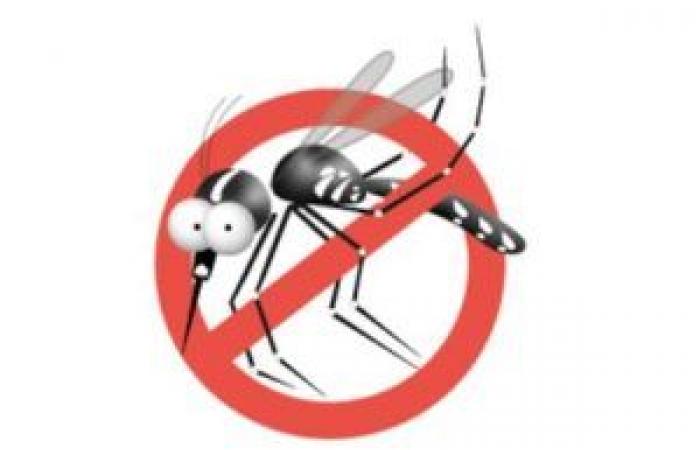06/19/2024
Next week, Météo France announces an increase in temperatures more in line with seasonal temperatures. This increase in temperatures added to the heavy rains that took place last week, a proliferation of tiger mosquitoes is to be feared. In mainland France, the tiger mosquito is subject to increased surveillance because it can, under certain conditions, be a vector of dengue, chikungunya and Zika viruses. Find all the recommendations and useful information below.
Recognize the tiger mosquito
The mosquito Aedes albopictus is a mosquito native to Asia and has experienced significant expansion through international transport. Very small size (5 to 7 mm), it is distinguished from other mosquitoes by its contrasting black and white coloringhence its common name “tiger mosquito”.
- It stings during the day: unlike the common mosquito (Culex) which spends the night biting you and whose noisy flight prevents you from closing your eyes, the tiger mosquito is silent and diurnal, that is to say it bites mainly during the day (mainly in the morning and in the evening ).
- Black and white striped : rather than “tabby”, the tiger mosquito has black and white “zebra” stripes all over its body and legs. It is also characterized by the presence of a white line along its thorax.
- He is small and lively : from the name “tiger”, it only retains speed and ferocity. In terms of size, it is smaller than a 1 euro cent coin (or less than 0.5 centimeters)!
If you have come across any, do not hesitate to report it to the following address: https://signalement-moustique.anses.fr/signalement_albopictus/.
It is a citizen action that allows you to participate in its monitoring and better understand its distribution.
The right actions to prevent their proliferation
Female tiger mosquitoes favor small quantities of water to lay their eggs (the equivalent of a capful of water may be enough for them!). They lay up to 200 eggs every 15 days which develop in all kinds of containers and artificial reservoirs where water can stagnate: vases, pots and cups, water collectors, barrels, cans, bungs, channels, rain manholes, gutters, terraces on plots, or even in objects left in the garden (children’s games, tires, work equipment, etc.).
80% of mosquitoes are born on private property… Everyone’s involvement represents a large part of the fight against mosquitoes. By removing or emptying all places and objects that can retain rainwater, we prevent the tiger mosquito from laying eggs and proliferating.






